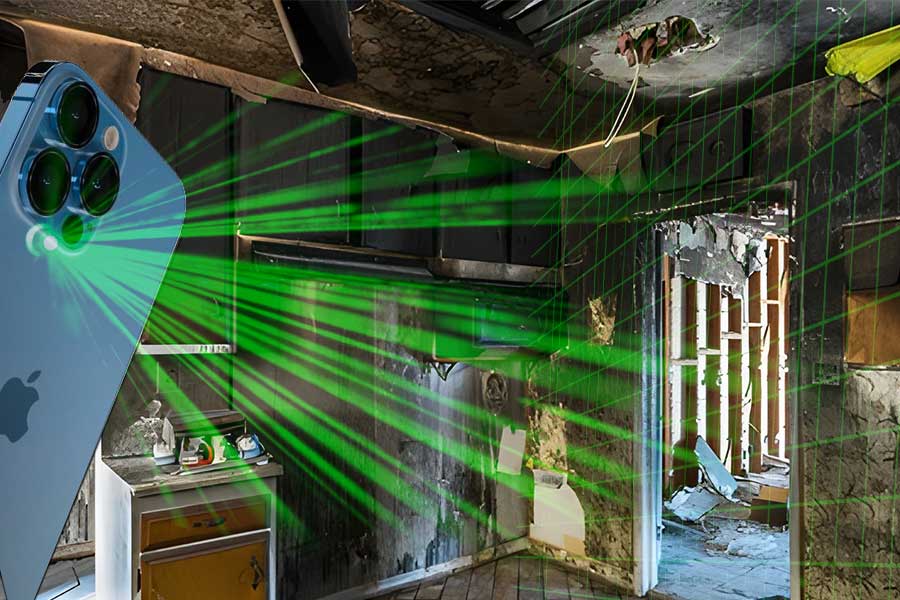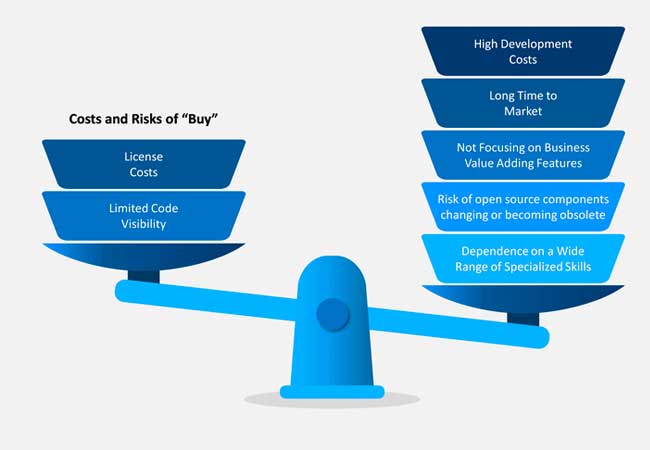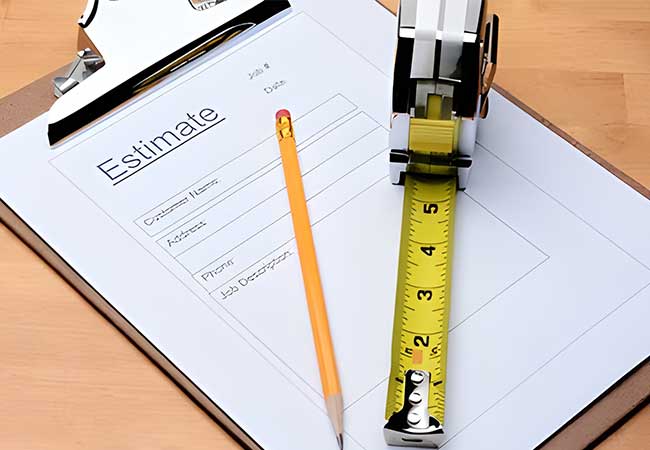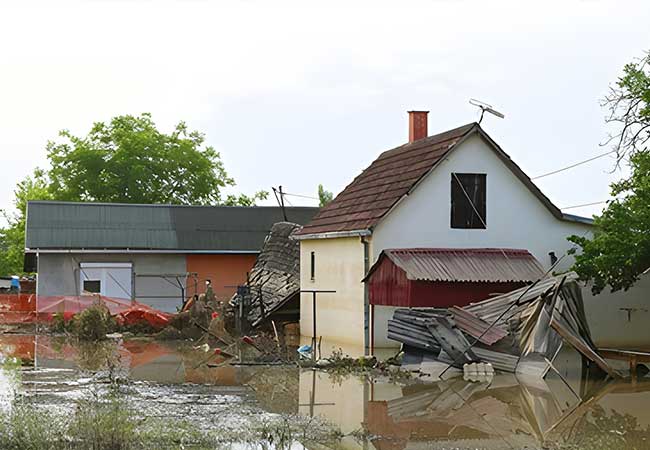Case Study of 3D Scanner App Custom Integration
How Licensing 3D Scanner App Revolutionized An Insurance Company's Workflow
Jason Laan
Business Challenge
A major insurance company was seeking to improve on-site efficiency around quoting policies along with documents and analyzing insurance claims.
Laan Labs developed a custom licensed version of its popular 3D Scanner App to help an insurance company with its business processes. The client uses this scanning solution to improve efficiencies and accuracies in both its policy estimation and claims procedures. By quickly capturing room conditions, dimensions and inventory in 3D, this insurance client has increased adjuster productivity on-site, reduced claim errors, and improved policy accuracy.
“ TLDR; Insurance company licenses 3D Scanner App to improve their workflow, reduce costs and increase accuracy of policies and claims”
Approach
At Laan Labs, we specialize in what we like to call “Edge Technologies.” With a focus on Computer Vision (CV) and Machine Learning (ML), we have developed some of the most innovative smartphone applications around scene understanding and image processing. With the recent depth sensor additions to these mobile devices, our aim has been on accurate 3D object and space reconstruction. While scanning with Laser (LiDAR) and structured-light (usual IR) has been around with commercial hardware from companies like Leica, FARO, Matterport, Trimble, and Riegl, these devices are expensive and require specialized knowledge to operate. Photogrammetry has been a good alternative with solutions from Reality Capture, Agisoft, PiX4D, but scale and time-of-capture limit use-cases.
When Apple released the LiDAR sensor on its iOS Pro devices, this opened the door for 3D Scanning with a mobile phone. Shortly thereafter we released 3D Scanner App along with a few other developers such as PolyCam, MetaScan and Scanaverse among others.
Because many organizations need specialized workflows and tools, Laan Labs offers many Licensing options for both source code and packaged White Label Apps. This is especially true in the insurance industry when this client approached us, we were able to License them 3D Scanning technology much faster and affordable than they would have been able to build internally even verified by their own internal “Build vs. Buy” Analysis.
3D Scanner Case Evaluation
When this insurance client approached us about a possible mobile phone 3D scanning solution they had developed a list of criteria they wanted to benchmark with their existing procedures and other possible solutions. The client had a number of key activities they wanted to incorporate into their business process workflows:
- Measuring - Collecting point-to-point measurements of rooms and objects
- Estimating - Creating rough floor plans and square footage estimates for pricing policies and estimating repairs.
- Documenting - Capturing photos to document the condition of objects and rooms both before when issuing a policy or after a claim incident (i.e. water damage, etc).
- Annotating - Making notes on objects and spaces where special considerations had to be made.
- Inventorying - Cataloging furniture, appliances and other high value items.
- Sharing - Quickly sharing 3D & 2D information collected on-site.
- Collaborating - Two-way information communication for specific tasks where a specialist may be off-site but can ask for specific details.
- Systems Integration - Working with existing system via API’s
Additional considerations were:
- Development Costs - What the all-in costs were for licensing and customizing the software for insurance specific uses and integration into existing systems.
- Ease-of-Use - How easy it was for an end-user to use the software and how much training might be required.
- Hardware Costs - Cost and lifespan of hardware device
- Maintenance & Support Costs - Ongoing costs for the hardware and software.
In this rapidly evolving space, it is difficult to evaluate the long-term potential of a technology. This client reached the conclusion that while the 3D Scanning was innovative it still had a few drawbacks. Scans taken under proper conditions were still only ~95% accurate and could not always capture reflective areas of a room (i.e. window, mirrors, etc). However the conclusion were that the benefits outweighed shortcomings. Supplemental tools such as tape measure and and point laser measures would still be needed when certain claim types with government regulators had high accuracy requirements (i.e. FEMA claims require any distance to be accurate to within an inch no matter the distance).
Implementation - 3D Scanner White Label & Customizations
Laan Labs worked with this insurance client to license a version of the 3D Scanning App and adapt it to their workflow with a few customization and integrations into their existing software. Some highlights from the final solution.
- 3D Room & Object Capture - Adjusters and on-site personnel can quickly scan a 3D space in a model.
- Photo Documentation - Images collected when scanning occurs can later be used for condition documentation purposes.
- Floorplan Feature Extraction - Rough scale-accurate floor plans can be extracted from rooms and objects
- Measure Tools - Point to point and bounding box measurements.
- Custom Annotation Tool - Points can be tagged in a scan with notes or items to be inventoried.
- Map Viewing - GPS info collected during scanning allows a 3D Model to be viewed on a map.
- Scan Cloud Management - Cloud based solution where scans are automatically uploaded when a scan is complete along with GPS info.
- API Integrations - Scans, images, gps and meta info automatically uploaded into existing workflow systems via api’s.
Conclusion
Some key takeaways from this project:
- 3D Scanning Expertise - The client lacked the internal expertise in CV and ML to develop such a solution.
- Cost - The client determined the licensed solution was a fraction of the cost of what it would take to build internally.
- Time-to-Market - Another major termination was how quickly the client could bring this solution to their adjusters. Laan Labs was able to get them a solution in just a couple of months while internally the client lacked the resources for such a quick implementation.
To learn more about how Laan Labs can license its cutting edge technologies for your project, please contact us at labs.laan.com
Technologies Utilized
Computer Vision, Neural Networks, Augmented Reality, Python, iOS, TensorFlow, CoreML





